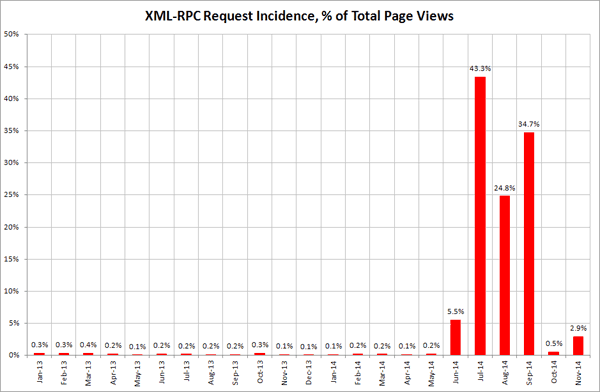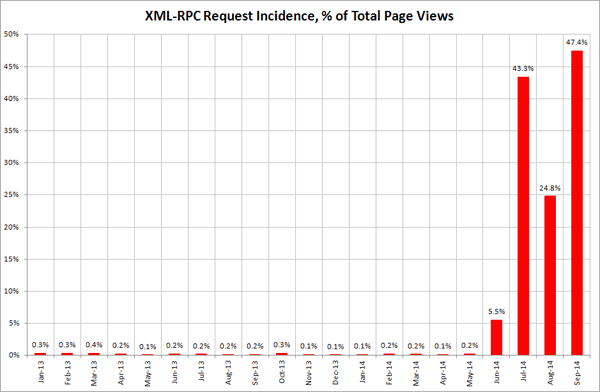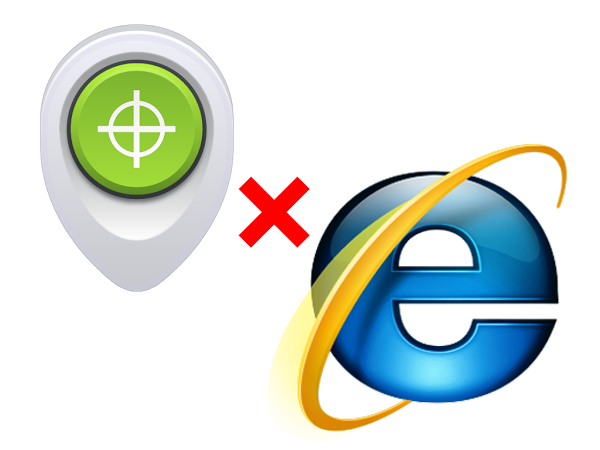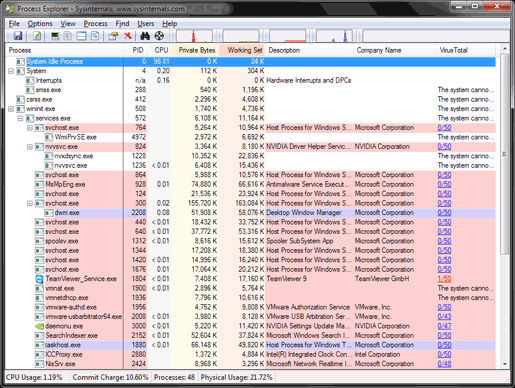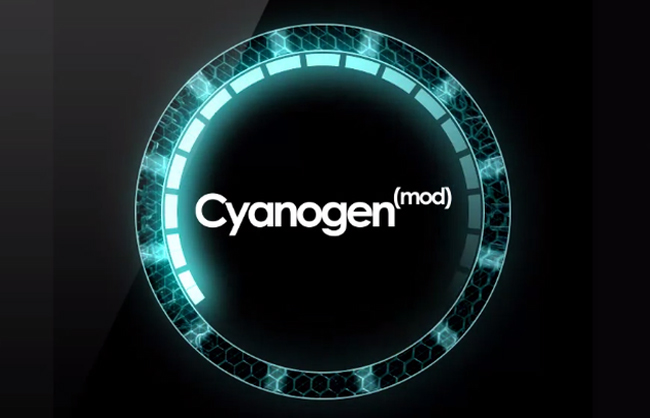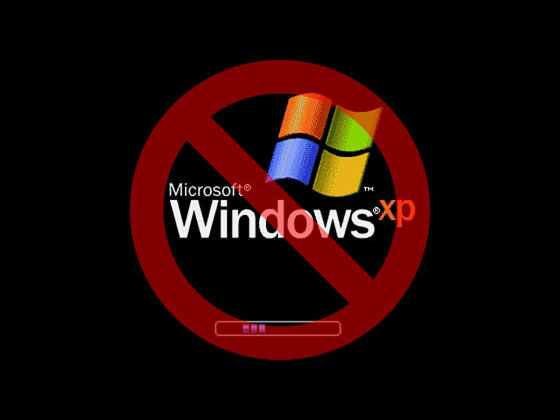[Edit: As of July 11th it looks like this has been fixed. Android Device Manager is working in Internet Explorer 11 again in my testing. Original discussion follows.]
Last night I flashed my phone up to CyanogenMod 11 M8, and since then I’ve been putting things back the way they were and testing everything out. A few bugs were fixed from the M6 build I was running previously, and a few nice enhancements dropped too, everything was copacetic. But this afternoon I got around to testing Android Device Manager, Google’s integrated “find my phone” application, looking to reconfirm that I could locate my phone if it ever got lost, only to receive an unpleasant surprise. I’d log in to Google’s web application and have it persistently fail to locate my device. The map did not move, the “locate device” and “ring” controls did nothing, basically the tool was useless. This was very frustrating since (a) I knew it worked fine the last time I tested it, and (b) it’s a critical function that I wasn’t about to hazard living without. …
Read More


